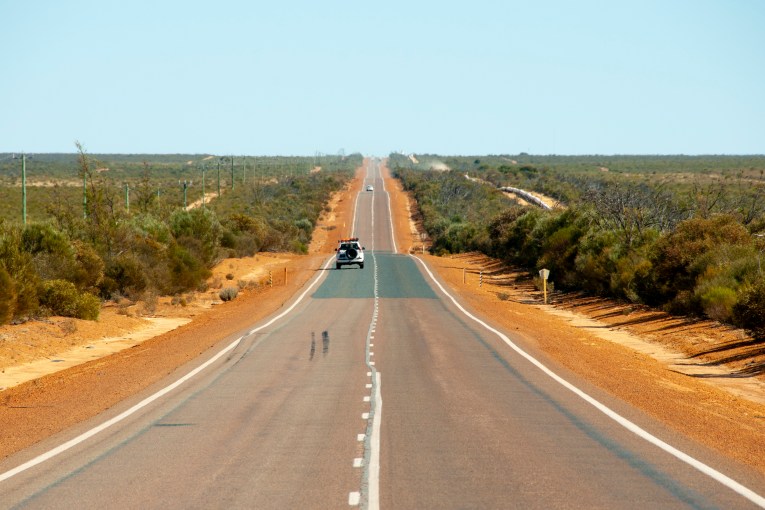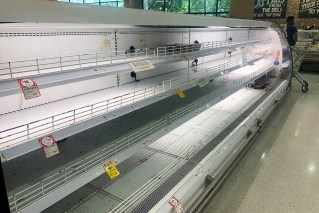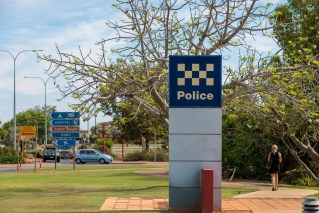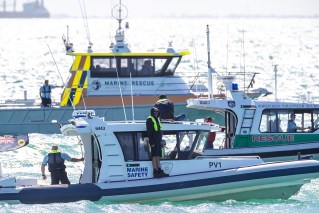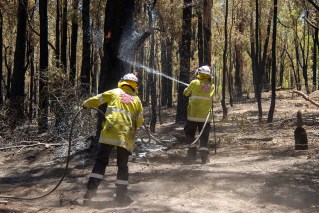Massive cleanup in WA after rare wild weather event

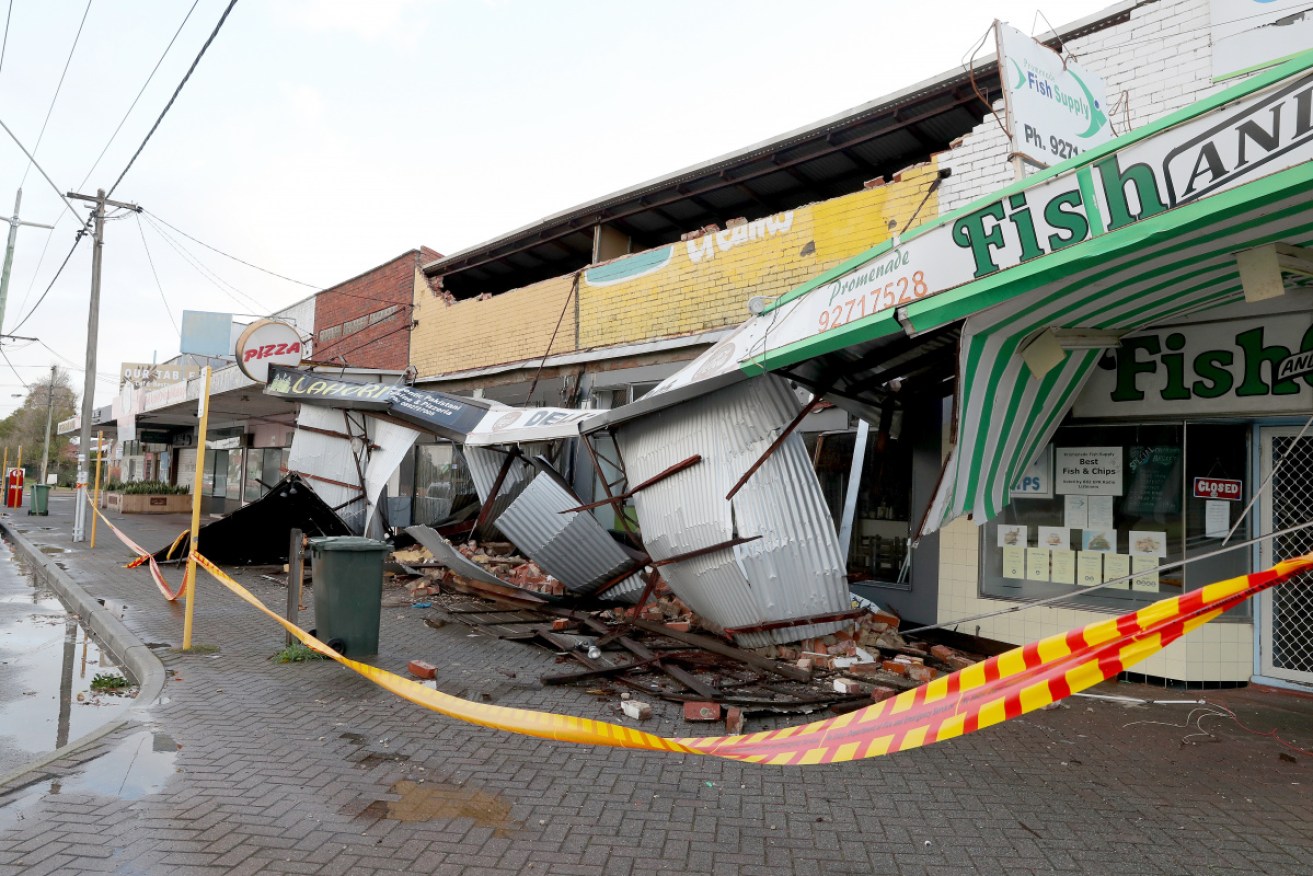
A row of shops on Grand Promenade in Bedford which were damaged by storm weather on Sunday. Photo: AAP
A massive clean-up is underway in Western Australia after a “rare wild weather” event battered 2000 kilometres of coastline, brought down power lines, damaged buildings and left more than 65,000 people without power.
And authorities warn of more fronts to develop throughout the week
The once-in-a-decade storm was a result of remnants of ex-tropical cyclone Mangga combining with a cold front and trough, with the southern part of the state bearing the brunt on Monday.
Roofs collapsed, falling trees destroyed cars, and at least 24,000 people remained without power late in the day as the state braced for more rain and high winds.
The Bureau of Meteorology said a severe weather warning for Perth, the central wheatbelt, Pilbara, Gascoyne, northern Goldfields and Eucla districts had been cancelled, but regions further south were still being battered with forecast for more fronts later in the week.
Emergency services said the wild weather was rare for this time of year because of the large area affected. Western Australia’s SES had had more than 500 calls for help since 8am on Sunday.
“The size of the storm saw crews assisting people from Exmouth down to the South Coast … [the] majority of the calls were for Perth [while] the south-west region will experience strong winds and severe weather,” a spokesman said.
There are also reports emerging of crops lost in the state’s north.
Wind gusts reached 132km/h at Cape Leeuwin, the strongest recorded there in May since 2005.
Emergency services responded to more than 520 calls for help across WA, with most coming from Perth.
“It’s like Whac-a-Mole at the moment, unfortunately,” Western Power spokesman Paul Entwistle told 6PR radio on Monday.
“We can actually restore customers by back-feeding but with the storm still going through, it’s creating new hazards on the network.”
Tweet from @BOM_WA
The WA Education Department said 37 schools lost power and 11 remained without electricity.
In Kalgoorlie, a shed was swept up by the wind and landed in a sub station, knocking out power to 15,000 homes.
Tourist hotspot Margaret River was also without power for some time.
Tweet from @stocksandrocks
The roofs of a couple of small shops, including a deli, in the Perth suburb of Bedford collapsed, while fallen trees crushed fences at Campbell Primary School in Canning Vale.
A sailboat adrift in the Swan River crashed into the Blackwall Reach cliffs in Bicton, and a coastal footpath in Rockingham collapsed into the ocean.
Even Perth’s famously Instagrammable Crawley Edge Boatshed was underwater, with its jetty submerged.
Residents in coastal areas spanning the huge distance from Kalbarri and Albany have been warned of the potential for a dangerous storm tide.
Many locations have already recorded tides exceeding their highest of the year, and beaches have also experienced erosion.
The highest rainfall figures in the 24 hours to 9am on Monday were 59.6 millimetres at Learmonth Airport and 54 millimetres in Margaret River.
Several sites in the Pilbara region received up to 50 millimetres, while agricultural areas had up to 20 millimetres overnight.
-with AAP
